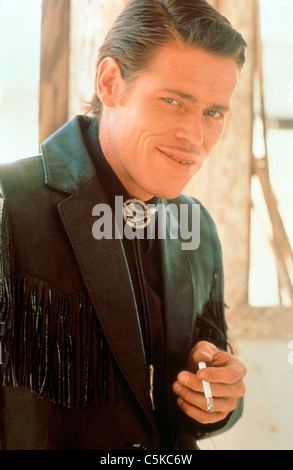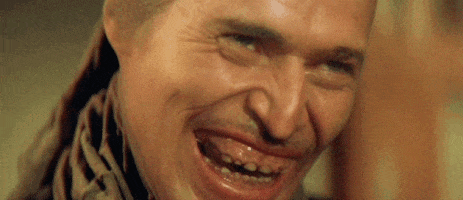


Characters and other “signs” will be read as iconotexts: in other words, we will look not only at how a performer enacts a given role but also at how he or she signifies something beyond themselves (3), for example by evoking other narratives or roles they have played. The discussion of films will go beyond the particulars of a single play’s or film’s plot or dialogue to include the “nonrational”, nonverbal “hinterland” (2) of a performance. Such contacts are made by the Wooster Group actor Willem Dafoe through his alternating presence in theatre and film. In this essay, Kershaw’s term serves as a starting-point for exploring the contact area between theatre and film and how these two environments change and enrich each other.

Theatre-Film Contact as an Edge PhenomenonĪccording to Baz Kershaw, edge phenomena in biology and ecology are “places, such as riverbanks and seashores, where two or more ecosystems rub up against each other to produce especially dynamic life-forms and processes” (1). See the bottom of the page for a list of all films cited in this article.


 0 kommentar(er)
0 kommentar(er)
